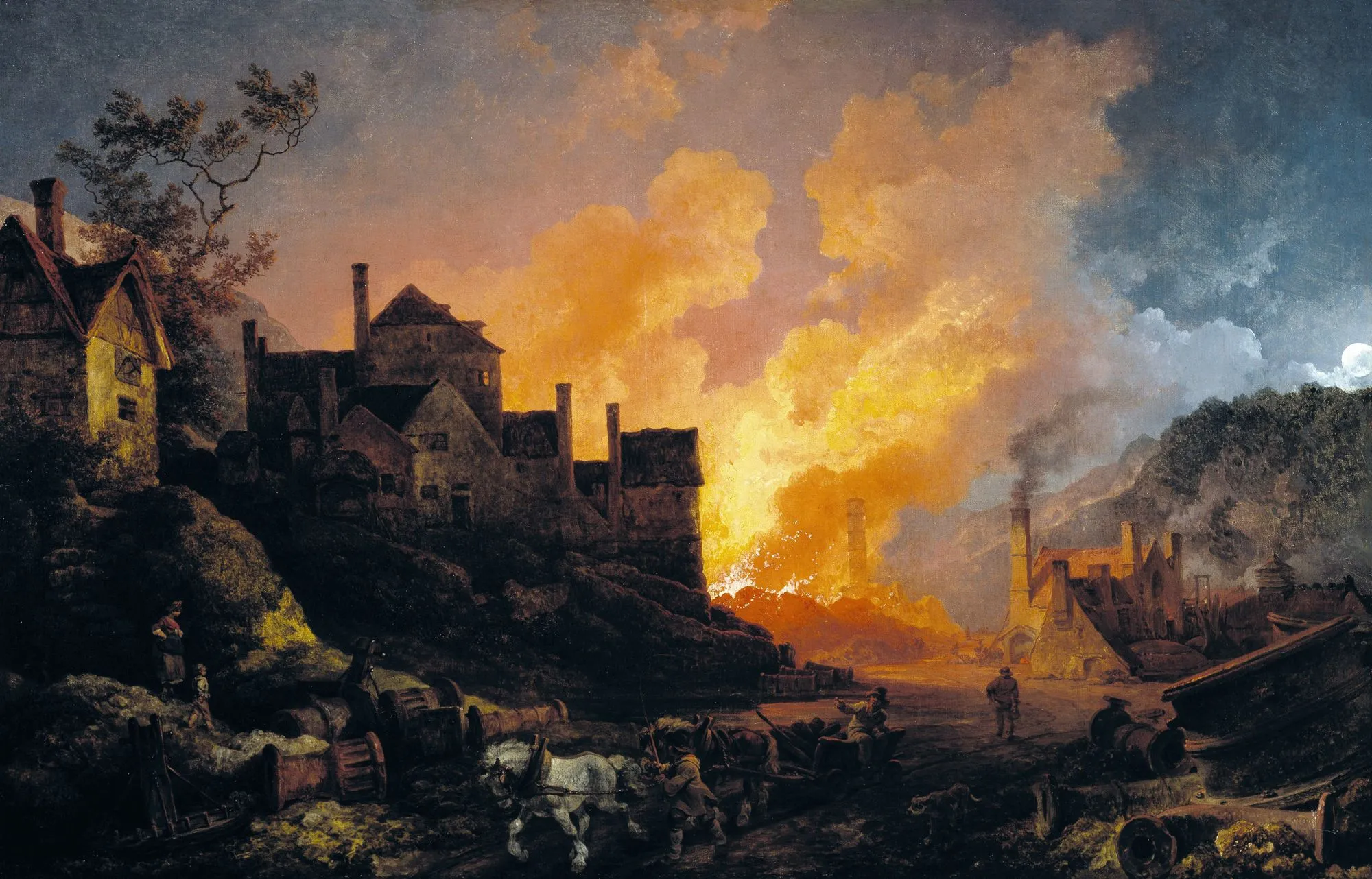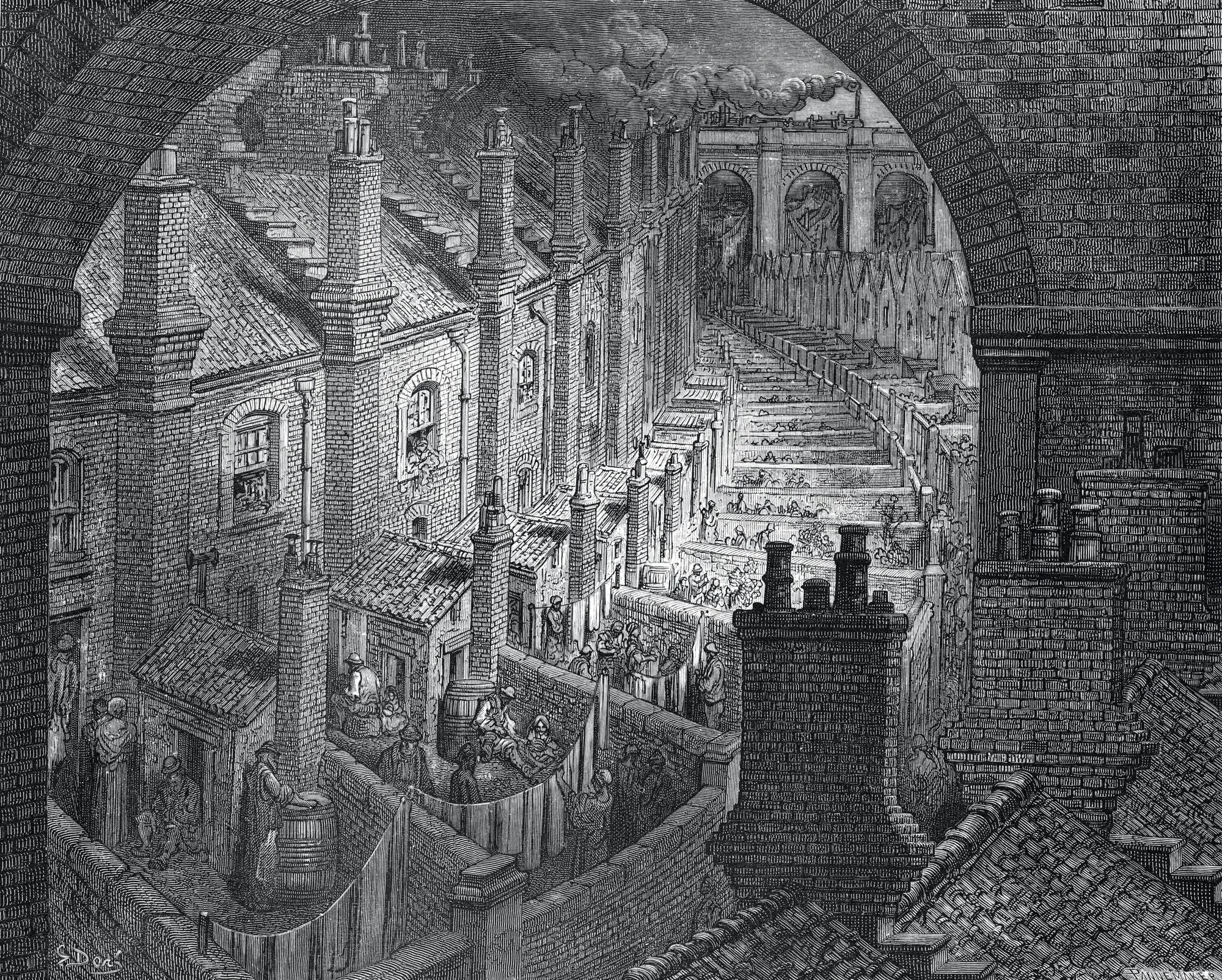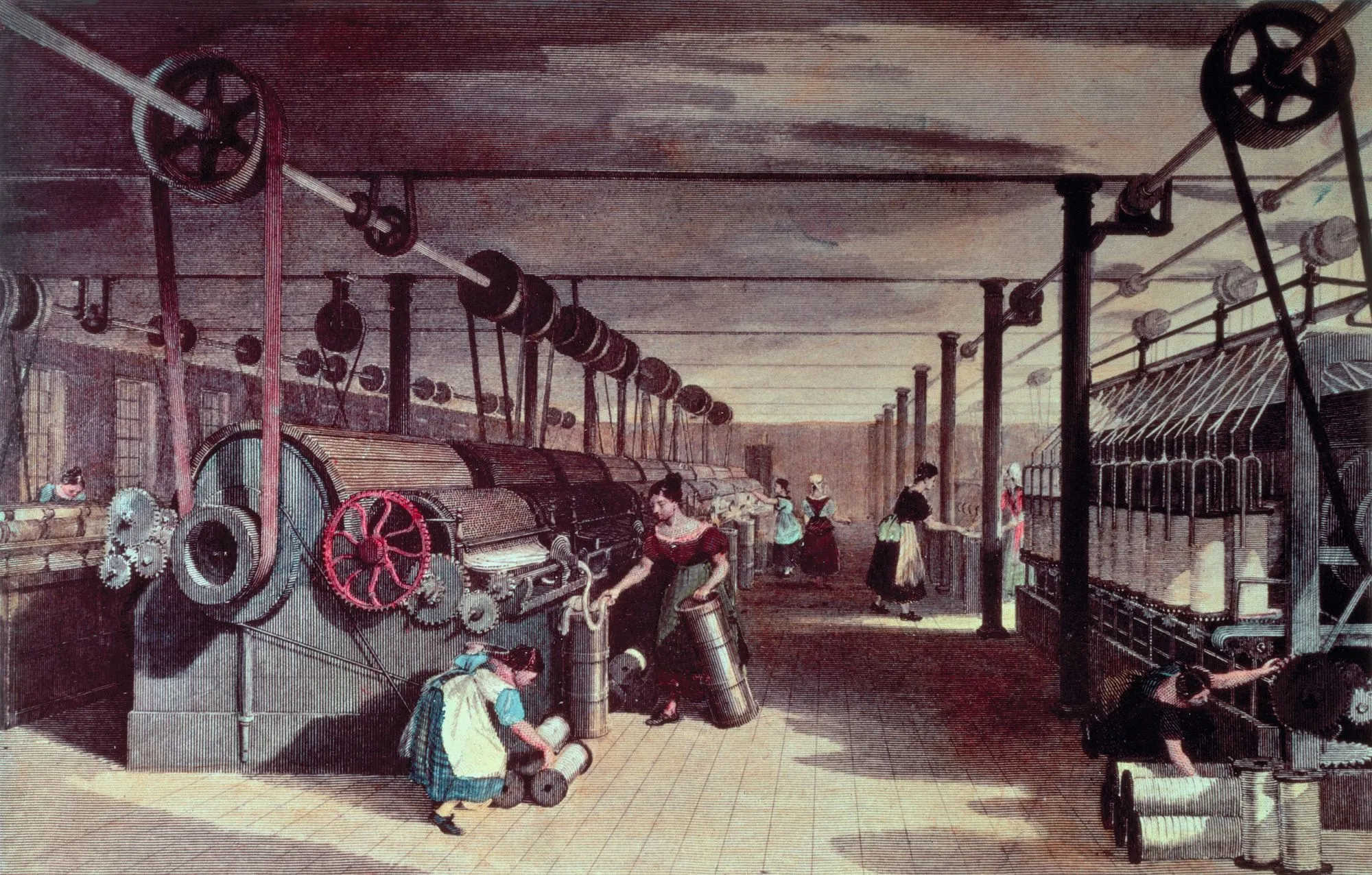Anglais 1re
Rejoignez la communauté !
Co-construisez les ressources dont vous avez besoin et partagez votre expertise pédagogique.
Mes Pages
1. Identities and Exchanges
Ch. 1
In and out of the Valley
Ch. 2
Nollywood and Bollywood
2. Public and private spaces
Ch. 3
Women of power
Ch. 4
Better together
3. Art and power
Ch. 5
Uncle Stan’s army
Ch. A
The colors of music - Digital content only
Ch. num
Artjacking!
4. Citizenship and virtual worlds
Ch. 6
Hacktivism
Ch. 7
Fact or fiction?
Ch. B
Back to the future - Digital content only
5. Fictions and realities
Ch. 8
Got(h) away with murder
Ch. 9
The West wind
Ch. C
From Britain with laughs - Digital content only
6. Scientific innovations and responsibility
Ch. 10
The big smoke
Ch. 11
Is it a brave new world?
7. Diversity and inclusion
Ch. 12
The secret road to freedom
Ch. 13
Caribbean poetry
8. Territory and memory
Ch. 14
No thanks, no giving
Ch. 15
Troubled times
Ch. num
The Blues Highway
Fiches méthode
Précis
Précis de communication
Précis phonologique
Précis grammatical
Précis culturel
Annexes
Verbes irréguliers
Rabats
Révisions
Unit 10
Activity 3 - Group
Differentiation
The powers of food
Ressource affichée de l'autre côté.
Faites défiler pour voir la suite.
Faites défiler pour voir la suite.
Group 1The environment
Each group is in charge of one video. Watch it and
Ressource affichée de l'autre côté.
Faites défiler pour voir la suite.
Faites défiler pour voir la suite.
Picture


Ressource affichée de l'autre côté.
Faites défiler pour voir la suite.
Faites défiler pour voir la suite.
Picture


Ressource affichée de l'autre côté.
Faites défiler pour voir la suite.
Faites défiler pour voir la suite.
Picture


Ressource affichée de l'autre côté.
Faites défiler pour voir la suite.
Faites défiler pour voir la suite.
Questions
You are in charge of one painting.
1
Be ready to describe your document. Analyse its content, its construction, the focus points, colours used, etc.
2
How does it represent the Industrial Revolution? 3
Point out the elements of the document that stood out for you.Useful vocabulary
I can see...
There is... in the foreground / background.
The perspective gives an impression of...
The colour of the... makes it look like...
The... is dark / bright / low / high, so we can imagine...
There is... in the foreground / background.
The perspective gives an impression of...
The colour of the... makes it look like...
The... is dark / bright / low / high, so we can imagine...
Let's talk this out!
Group work
Mediation
4
Are these documents critical or complimentary of the era?Your time to shine!
5
Select a painting representing life and work during the Industrial Era. Post it on a social network along with a 100-word text illustrating it. Useful vocabulary
It was painted / drawn / created by... (artist) in... (year).
It represents / depicts... As you can see...
The artist chose... The message conveyed is...
It represents / depicts... As you can see...
The artist chose... The message conveyed is...
Ressource affichée de l'autre côté.
Faites défiler pour voir la suite.
Faites défiler pour voir la suite.
Toolbox
- colourful ≠ monochromatic (adj.)
- fiery / blazing ≠ dull / dreary /ˈdrɪəri/ (adj.)
- light / bright ≠ dark / gloomy (adj.)
- natural ≠ mechanical (adj.)
- orderly / neat / tidy (adj.)
- overcrowded ≠ empty / void (adj.)
- personifying ≠ dehumanising (adj.)
- symmetrical (adj.)
- billowing /ˈbɪˌləʊɪŋ/ smoke / clouds of smoke (exp.)
- working class (n.)
- chimney (smoke) (n.)
- factory floor / ceiling /ˈsiːlɪŋ/ (n.)
- machines / machinery (n.)
- movement (n.)
- perspective /pəˈspɛktɪv/ / contrast (n.)
- vanishing point (n.)
- “warm” colours ≠ “cold” colours (n.)
- illuminate / light up (v.)
Ressource affichée de l'autre côté.
Faites défiler pour voir la suite.
Faites défiler pour voir la suite.
“I spy with my little eye”
Example:
In “Coalbrookdale by night”, I spy with my little eye, something beginning with H.”
Is it a “house”? No, it isn't.
Is it a “horse”? Yes, it is!
Ressource affichée de l'autre côté.
Faites défiler pour voir la suite.
Faites défiler pour voir la suite.
La traduction de « on »
- Le plus souvent, lorsque « on » ne correspond à aucune personne précise et que l'on s'intéresse à celui / celle qui subit l'action et non à celui / celle qui fait l'action, on utilise alors le passif. Ex : Workers were exploited and were forced to work from dawn till dusk. → On exploitait les ouvriers et on les obligeait à travailler du lever au coucher du soleil.
- On peut aussi utiliser : – you / we
– somebody / someone
Ressource affichée de l'autre côté.
Faites défiler pour voir la suite.
Faites défiler pour voir la suite.
Over to you!
Ressource affichée de l'autre côté.
Faites défiler pour voir la suite.
Faites défiler pour voir la suite.
Une erreur sur la page ? Une idée à proposer ?
Nos manuels sont collaboratifs, n'hésitez pas à nous en faire part.
j'ai une idée !
Oups, une coquille
